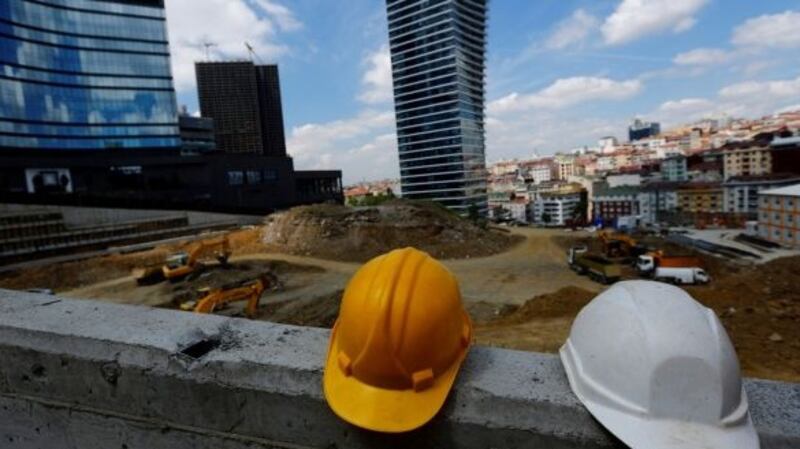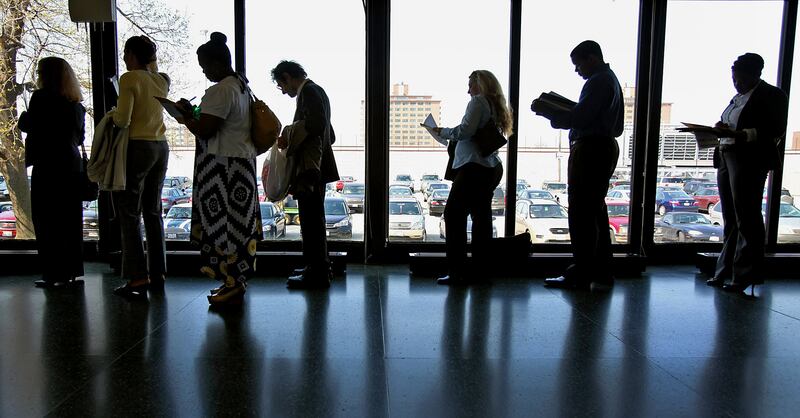The number, scale and global integration of Ireland's multinationals has made standard measures like gross domestic product and gross national product increasingly less representative of true economic activity. For this reason analysts are focusing ever more on the labour market as a barometer of economic performance. In this context, the latest Labour Force Survey results make welcome reading.
Total employment rose by 74,100 in the year to June – a 3.4 per cent increase. This is exceptionally strong jobs creation by any historic or international yardstick. Moreover it confirms that the robust growth in our traditional macroeconomic indicators is not illusory. Assuming each additional employee produces as much as the last, then 3.4 per cent jobs growth should lead to a proportionate rise in output. In practice, however, employees become more productive as the capital stock accumulates. Therefore output growth tends to exceed jobs growth.
Digging deeper into the data there are other positive signs. Construction is now the fastest-growing sector of employment with 17,700 additional jobs in the last year. The fact that building firms have been able to recruit such large numbers suggests there is scope for further jobs growth, giving some confidence that the marked pick-up in housing completions over the last 18 months can be sustained. However there is no room for complacency on this point.
Building contractors are finding it increasingly difficult to recruit staff and, in real terms, construction wages are now growing at almost twice the rate of overall wage inflation. If sustained this will feed through to higher construction costs and could challenge the viability of marginally profitable housing developments.

Real earnings
Despite pockets of strong wage inflation, in construction, technology and financial services for example, overall earnings growth remains quite well contained; real earnings rose by 2.5 per cent in the year to June. At first glance this is somewhat surprising given that, after five years of very strong jobs growth, unemployment is now below 6 per cent. However, the latest data provides some clues as to why this might be the case. In particular, the labour force has been expanding rapidly, replenishing the pool of job-seekers as people are moving into employment.
This expansion has come from two sources. First, the reactivation of people who are already in the country, but who had previously not been available for or seeking work. Second, and somewhat unexpectedly given sluggish quarterly population growth estimates over much of the last year, from net inward migration which rose from 19,000 to 30,400 people per annum between April 2017 and April 2018.
Overall earnings growth remains quite well contained; real earnings rose by 2.5 per cent in the year to June
Looking ahead, three factors suggest that Ireland’s economic growth can continue for some time without exhausting our manpower resources and overheating the economy. On one hand, there would seem to be headroom for significant further increases in the labour force participation rate, assuming that barriers such as the scarcity of affordable childcare can be addressed. While participation has been edging up, just 62.3 per cent of those aged 15 and over are currently in the labour force. This compares to peak participation of 67.4 per cent in 2007. Getting back to that level would provide a further pool of almost 200,000 workers to fill the new jobs being created.
‘Brain drain’
Second, it seems that Ireland’s “brain drain” is being stemmed. The rise in net migration over the last year is actually more attributable to a slowdown in emigration than an increase in immigration (which only rose by 5,700 in the 12 months to April). So the recent jobs growth appears to have been more effective in preventing people from leaving Ireland than attracting new people in.
The recent jobs growth appears to have been more effective in preventing people from leaving Ireland than attracting new people in
Finally, statistics which measure potential additional labour supply – including people who are currently outside the labour force but interested in rejoining – are rising quickly. Again this suggests the reserve pool of labour is greater than was previously thought.

Overall, the latest data shows a highly positive picture. Naturally there are challenges ahead – we have mentioned childcare, housing and construction costs for example. Moreover there are external threats, including Brexit, which we have limited control over. But, for now, Ireland’s economy is in a sweet-spot. On one hand lots of new jobs continue to be created. Even without spectacular earnings growth, this has clearly fed through to more positive expectations for the future. More people are opting to stay in Ireland and more people are making themselves available for work. While this, in itself, should be seen as a success, the bonus is that there is also enough spare capacity in the economy to allow these dynamics to continue for some time yet.
Dr John McCartney is director of research at Savills










